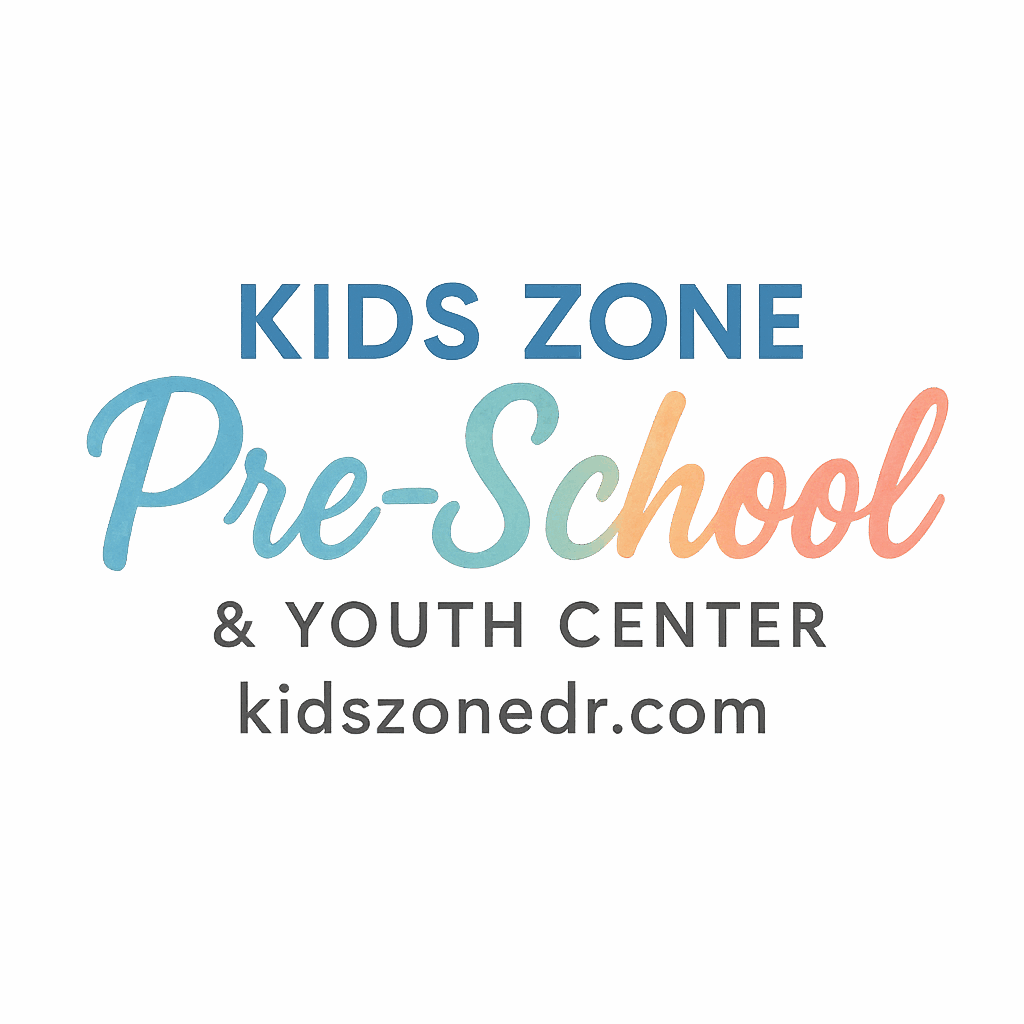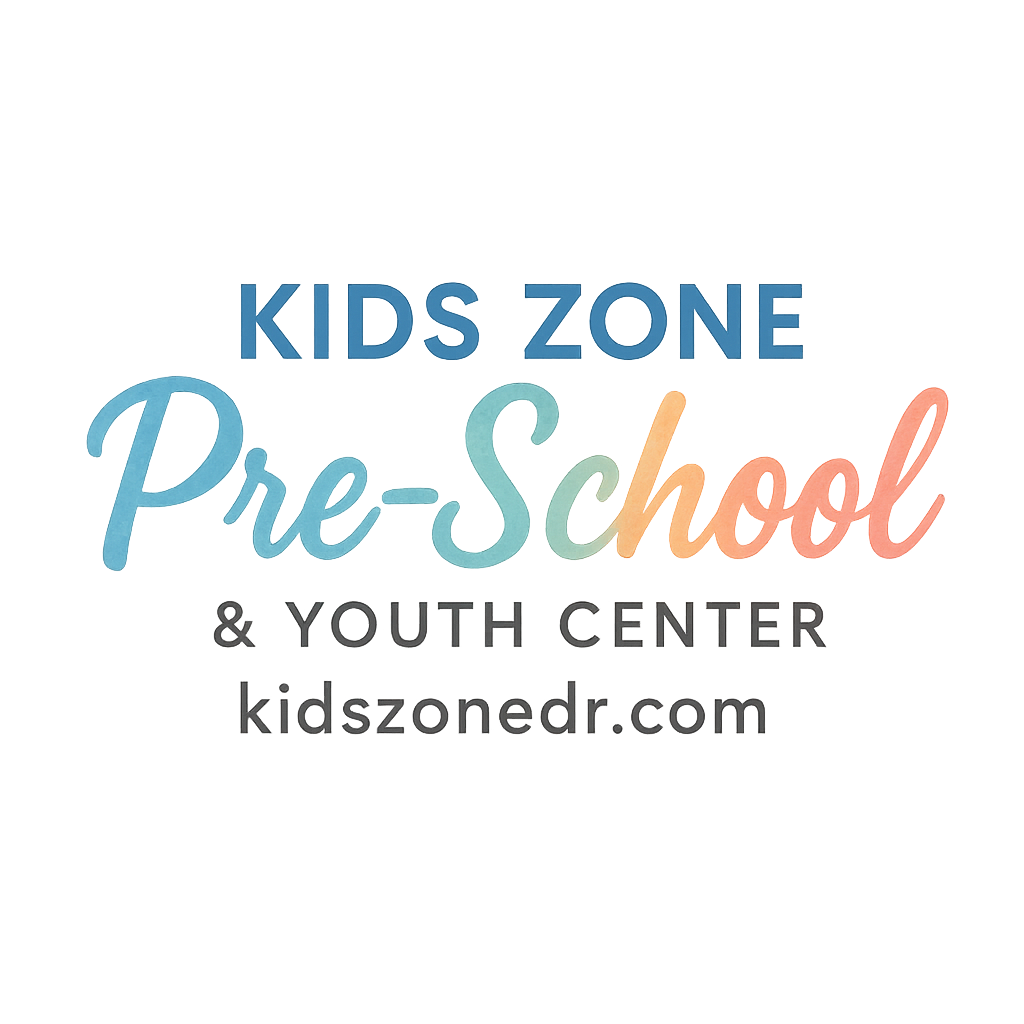Why Art Projects Matter for Preschoolers and Young Kids
Art isn’t just about making something pretty to hang on the fridge. For preschoolers and kids at youth centers, art projects are gateways to imagination, learning, and self-expression. Every scribble, splash of paint, or glued-on googly eye is a building block for their growth.
Boosting Imagination and Creativity
Art allows kids to take something ordinary and turn it into something extraordinary. Give them paint and paper, and suddenly, a messy swirl becomes a roaring dragon. These moments of imagination fuel creativity that will help them solve problems and think outside the box later in life.
Supporting Emotional Growth Through Art
Kids often can’t express emotions as easily as adults. Art provides a safe outlet. A child might use bright colors when they’re happy or darker shades when they’re upset. Teachers and parents can pick up on these cues and support emotional development through simple art activities.
Building Confidence in Young Learners
Finishing an art project, no matter how messy, gives kids a sense of pride. When teachers or parents say, “That’s amazing!”, kids build confidence and self-esteem. Over time, this confidence spills into other areas like learning, friendships, and even trying new foods or habits.
How to Choose the Right Art Projects for Kids
Not every project works for every child. Preschoolers need art activities that fit their age, attention span, and skill level.
Age-Appropriate Activities
Toddlers might enjoy finger painting, while older preschoolers can handle scissors (with supervision) or more detailed crafts like collages.
Safe and Easy-to-Find Materials
Choose materials that are non-toxic and safe for small hands. Everyday items like paper plates, boxes, yarn, and washable paint are perfect.
Encouraging Self-Expression
Instead of aiming for “perfect,” let kids explore. If they want a purple cow or a rainbow sun, let them create it. That freedom builds joy in learning.
12 Fun Preschool & Youth Center Art Projects
Now let’s get to the exciting part—12 fun, creative, and kid-approved projects that can light up classrooms, youth centers, or even your living room.
1. Handprint Animals
Why Kids Love It
Handprints become lions, fish, or even dinosaurs. Kids love seeing their own hand transform into a creature.
Materials Needed
- Washable paint
- Paper
- Markers or crayons
How to Do It
Dip hands in paint, press on paper, and then add eyes, legs, or wings with markers. Simple and adorable.
2. Nature Collages
Take kids outside to collect leaves, flowers, and twigs. Back inside, glue them to paper for a natural art piece. It’s a mix of outdoor exploration and creativity.
3. Paper Plate Masks
Give kids paper plates, markers, and elastic bands. Let them create masks of animals, superheroes, or even silly faces. Great for dramatic play.
4. Tissue Paper Stained Glass
Cut tissue paper into squares and stick them to clear contact paper. Hang the finished piece on a window and watch the light shine through.
5. Rock Painting Adventures
Flat rocks become canvases for bugs, rainbows, or smiley faces. This project encourages patience and detail.

6. Yarn Wrapped Letters
Cut cardboard letters of a child’s name and let them wrap it with colorful yarn. It’s hands-on and doubles as a room decoration.
7. Bubble Wrap Printing
Paint bubble wrap, press it on paper, and see the cool patterns appear. Kids love the popping sound and the textures.
8. Recycled Box Sculptures
Turn cereal boxes, tubes, and bottle caps into castles, robots, or vehicles. This project sparks imagination while teaching recycling.
9. Watercolor Resist Painting
Draw with white crayon on paper, then paint over it with watercolors. Hidden designs magically appear!
10. Salt Dough Creations
Mix flour, salt, and water to make dough. Kids can shape ornaments or figurines, then paint them once dry.
11. Group Mural Wall
Set up a large roll of paper on a wall. Let kids work together to create a mural—flowers, space, jungle scenes. It builds teamwork and creativity.
12. Puppet Making Fun
Use socks, paper bags, or popsicle sticks to create puppets. Once done, kids can put on a puppet show for their friends.
Creating a Positive Art Environment in Preschool
Art isn’t just about the project—it’s about the environment.
Setting Up a Kid-Friendly Art Space
Have a table with washable surfaces, easy-to-reach supplies, and aprons. Kids should feel free to explore without fear of making a mess.
Balancing Structure and Freedom
Give some guidance but allow freedom. For example, suggest making animals but let kids choose colors and shapes.
Linking Art Projects with Daily Routines
Connect art to themes in your preschool’s daily routines. For instance, after a nature walk, create leaf rubbings.
How Parents Can Get Involved
Encouraging Creative Confidence at Home
Parents don’t need fancy supplies. Crayons, scrap paper, or even kitchen utensils can become art tools. The key is encouragement.
Connecting Preschool Projects with Parenting
When parents see their child’s artwork, asking questions like “What’s happening in your picture?” supports parental involvement and communication.
Health and Safety Tips for Preschool Art Projects
Non-Toxic Materials and Supervision
Always choose child-safe paints, glue, and markers. Supervision ensures no small items become choking hazards.
Teaching Clean-Up Habits
Make clean-up part of the project. Sing a song while wiping tables—it becomes routine and fun.
Wrapping Up the Art Adventure
Art projects are more than crafts—they’re doorways to growth, expression, and bonding. Whether it’s handprint animals or group murals, these activities inspire joy and creativity in young learners. With the right support from teachers and parents, every brushstroke can help a child grow.
FAQs
1. What’s the best art project for first-time preschoolers?
Handprint animals are simple, fun, and easy for little hands.
2. How often should preschools include art in the daily routine?
Ideally, some form of art should be offered daily, even if short, to nurture consistent creativity.
3. How can parents support art projects at home?
By encouraging free expression, asking questions about the artwork, and displaying it proudly.
4. Are group art projects better than individual ones?
Both are valuable. Group projects like murals teach teamwork, while individual crafts build independence.
5. What materials should always be available in a preschool art corner?
Washable paint, crayons, paper, glue, and safe scissors are must-haves.
6. How do art projects support language development?
Talking about their creations helps kids expand vocabulary and practice storytelling.
7. Can art projects support overall child development?
Absolutely! They build fine motor skills, creativity, emotional expression, and even early problem-solving.


